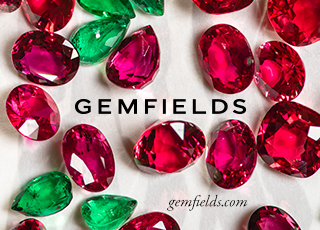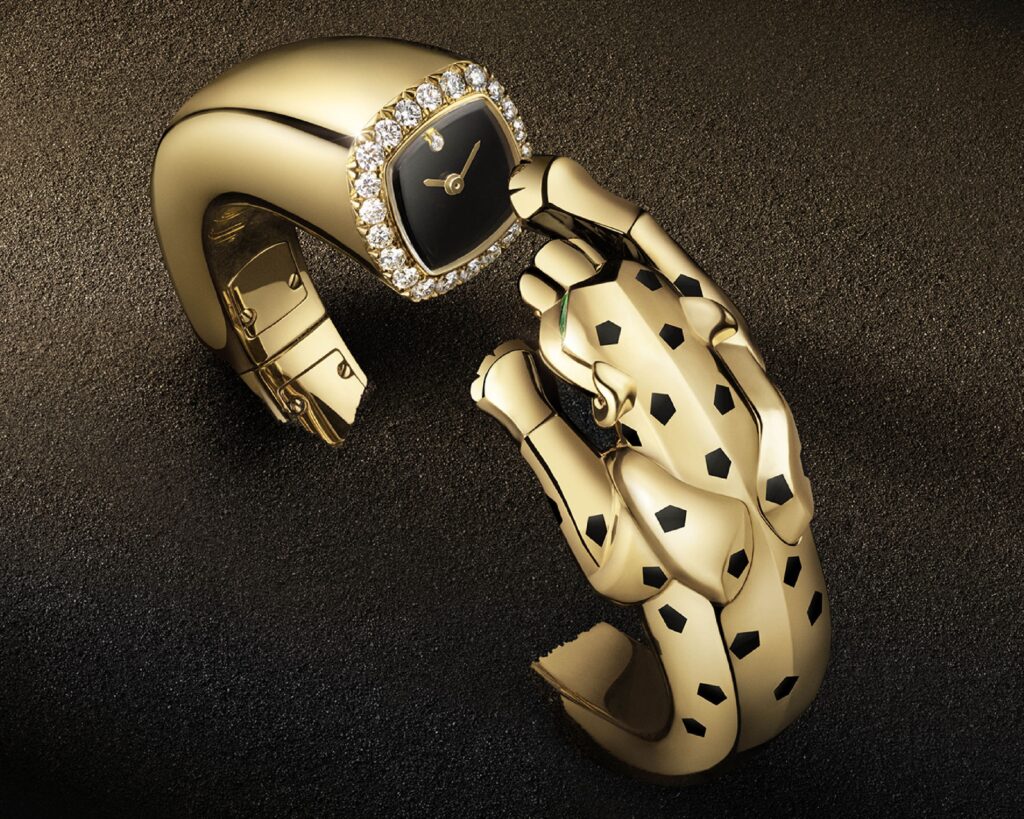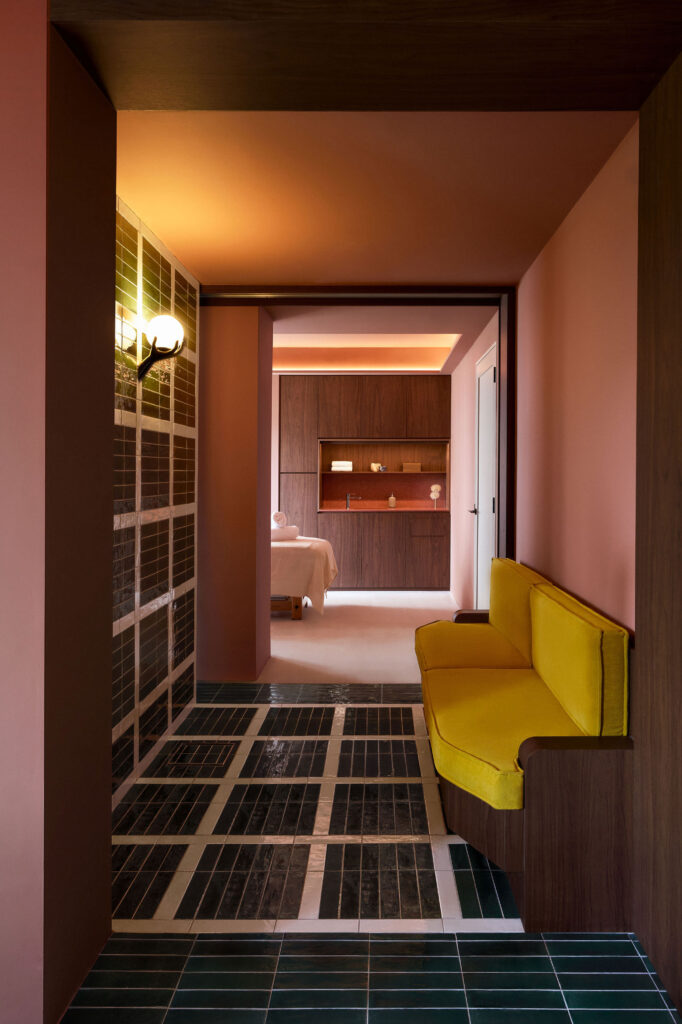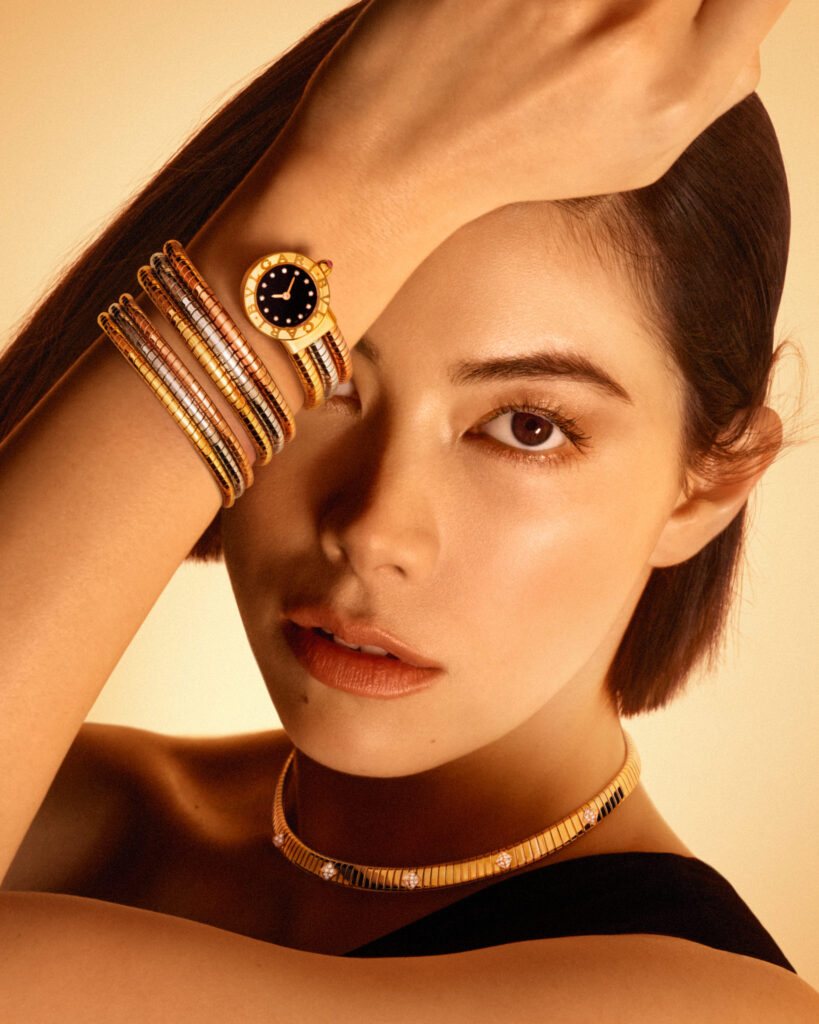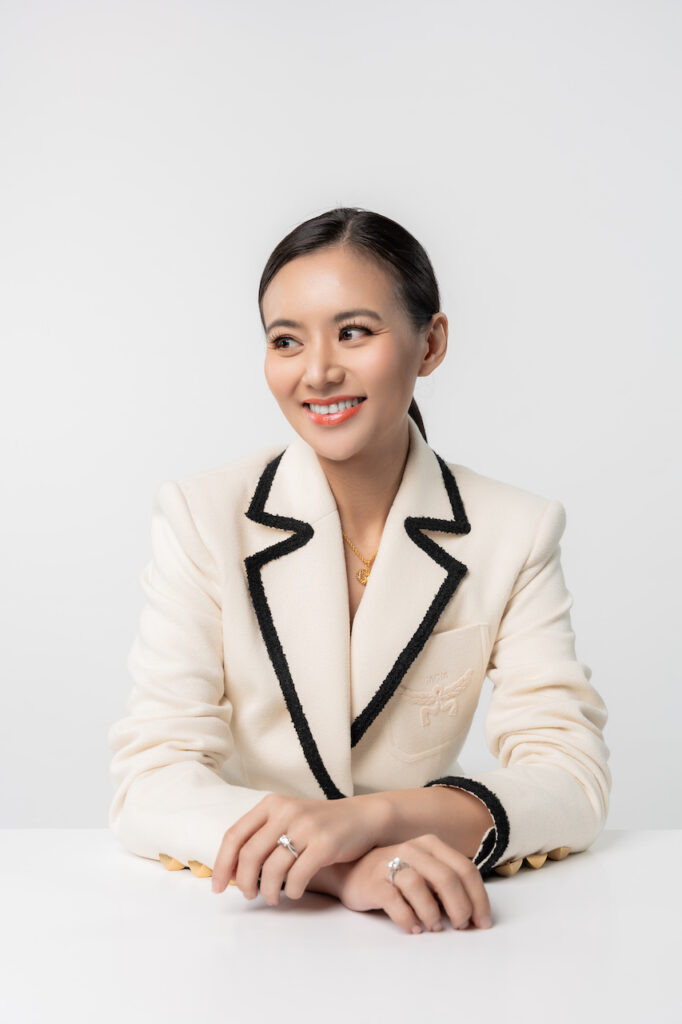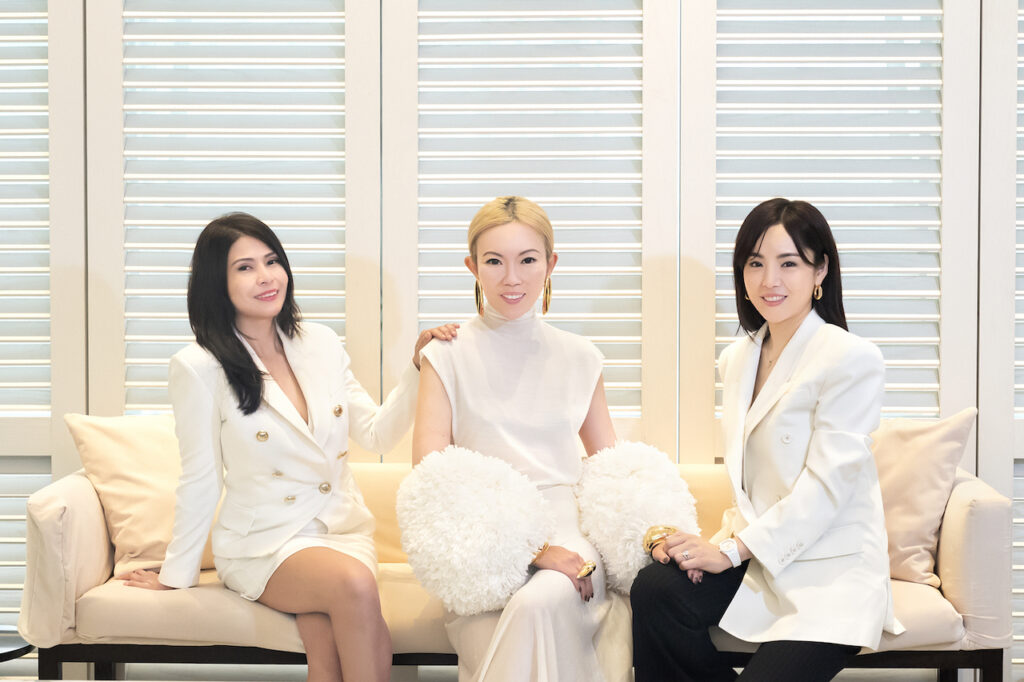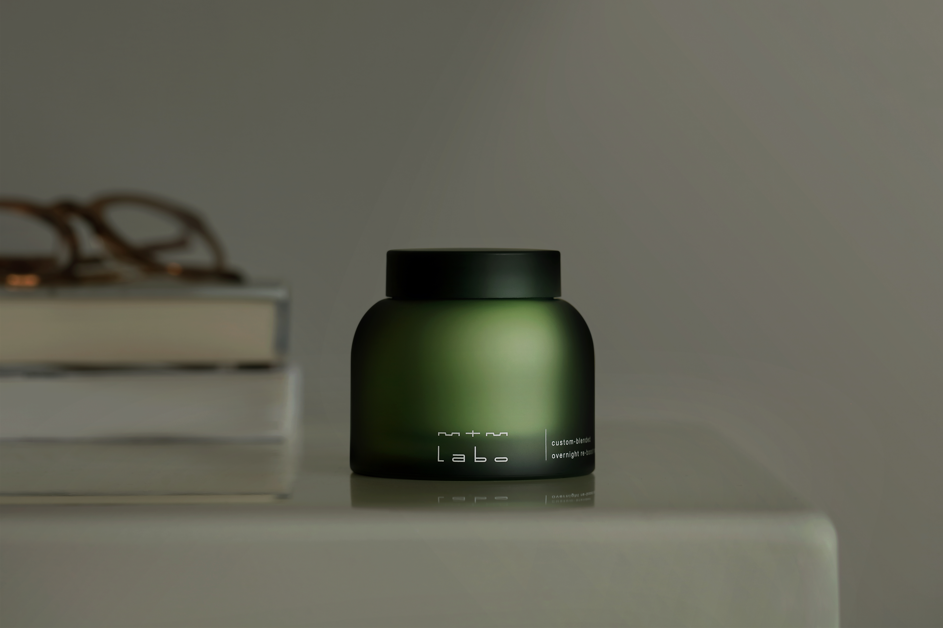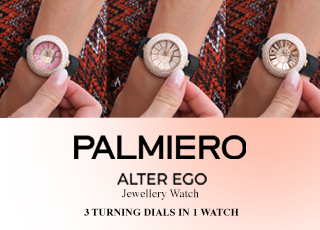In 1969, a 19-year-old jeweller captured the attention of our industry by winning the first, second, and third places in the prestigious Diamond Today competition. The following year, he won the Diamond International Awards (DIA) — considered the Oscars for jewellery — and proceeded to win eight more DIAs in the next two decades.

This jeweller is Fulvio Maria Scavia, also known as a renowned scientific journalist and accomplished gemmologist. The third-generation owner and head designer of jewellery company Scavia, Fulvio began learning the art and craft at a young age, and has devoted his career to the pursuit of technical perfection and refined aesthetics.

This quest is reflected in the company’s style of creating jewellery, which focuses on exceptional stones unencumbered by heavy design or overwhelming motifs. Fulvio is a self-described shape-searcher, emphasising volume, space, and a lavish use of colour with rubies, emeralds, and sapphires. Gemstones must be chosen with the highest standards, and Fulvio has the rare ability to see the future of a gem in a rough diamond crystal. Thus, when he draws a design, he is confident to give a precious stone enough room to breathe and to be admired from different angles.

Scavia’s latest collection includes the Evoluzione Pink ring, featuring a 13ct pink tourmaline that appears to float weightlessly amidst a spiral of white gold iced with diamonds. Another design, the Fiorina, has a flower with pink shell petals for its focal point, and features tanzanites, diamonds, and pink sapphires. The Manar Moon, meanwhile, highlights strings of micro-pearls suspended from white gold and diamond half-moons. A look at Scavia’s collections also reveals the company’s signature look: two-tone pieces featuring a contrast of platinum and white gold with black onyx, enhanced by the use of rare diamonds.

Fulvio’s travels help him to include cultural references in his designs. His largest sources of inspiration, of course, are his home country of Italy and the tradition of his predecessors. His grandfather Domenico opened the atelier in Corso XXII Marzo, where the city of Milan met the countryside, after the end of the First World War. Towards the end of the 1940s, Domenico’s daughter, Sara, reinvented the company, enlarging the shop and gaining fame in Milan and beyond. Eventually, she moved the store to Via della Spiga, one of the city’s top shopping streets, and later passed on the business to her son, Fulvio.

“She taught me to love this work, making it an on-going commitment, like a destiny that then becomes a vocation,” says Fulvio. “I inherited my mother’s refined taste in design, her feeling for colour. Together, we broke away from the traditional schemes of jewellery and began experimenting enthusiastically with both form and technique.” He also enjoyed spending his days in the atelier, where he learned from the company’s craftsmen.

Most of all, and perhaps partly due to the influence of his mother, Fulvio seeks inspiration from the feminine world for its sensitivity and romanticism. In creating a design, he likes to discover the client’s personality, needs, and desires, and “match them with the jewellery, which she must instantly feel a living part of her”. For this reason, every Scavia store offers intimate, personalised service, be it in Milan, in Tokyo, or in its most recent Asian boutique, in Shenzhen. So whether one is selecting a design or having jewellery created exclusively for oneself, Fulvio ensures that each wearer finds herself in every piece of Scavia jewellery.


